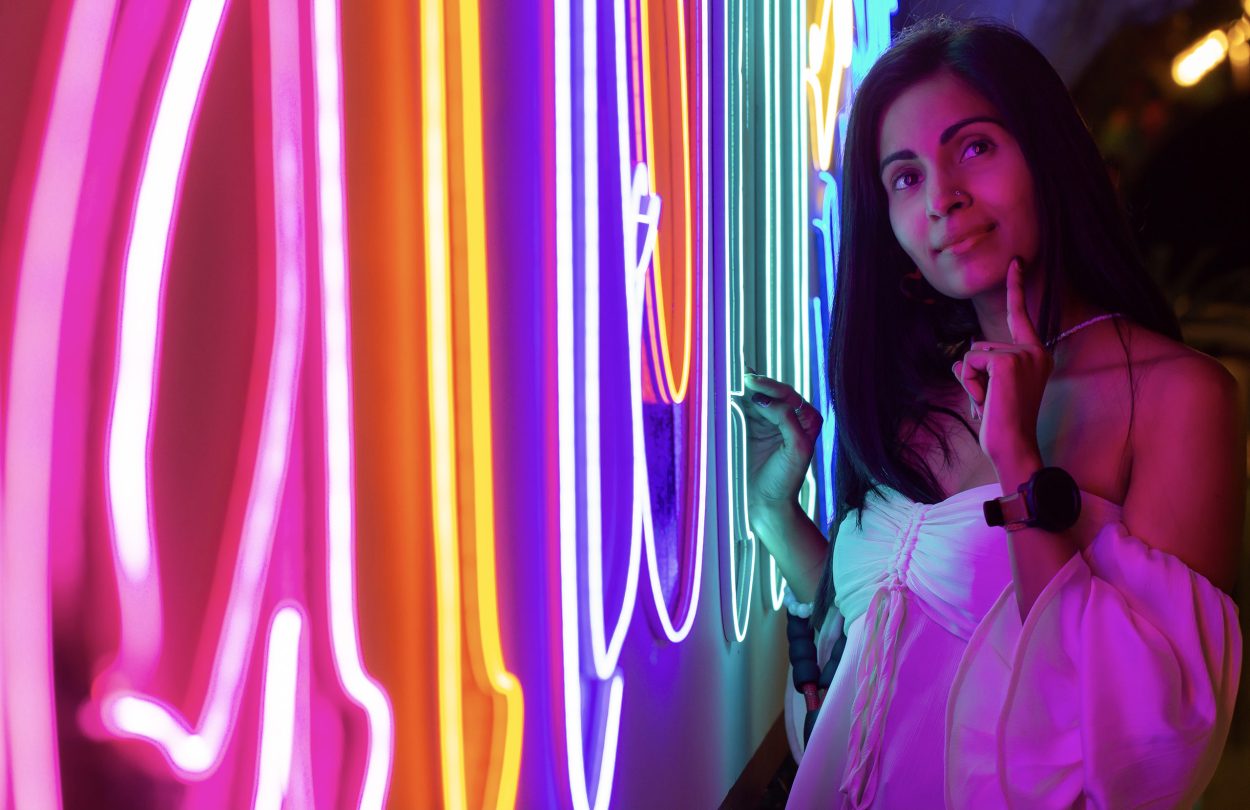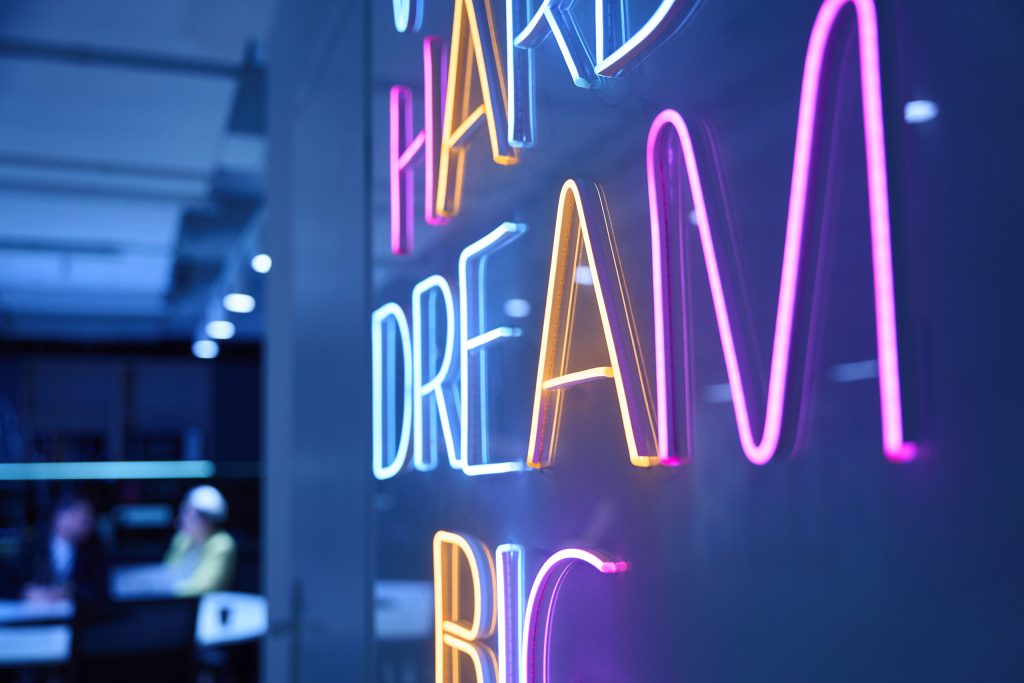Discover why LED neon signs are booming in Australia. Explore market trends, sustainability benefits, and how businesses, homes, and events are embracing neon signage.

The Rise of Neon LED Signs in Australia: A Bright Future
In recent years, Australia has witnessed a resurgence in neon signage, but not in the way most people remember it from decades past. Traditional glass neon tubes that once illuminated pubs, diners, and city streets have largely given way to modern, eco-friendly, and versatile alternatives: LED neon signs.
This new wave of neon is reshaping how Australians approach branding, home décor, event styling, and even art. From small business owners to large corporations, from homeowners to event organisers, LED neon signs are becoming the go-to choice for making a space pop. But why has this trend taken off so quickly, and what does the future look like for neon signage in Australia?
We explore the rise of LED neon signs, the reasons behind their popularity, and the industries driving demand.
The History of Neon in Australia
Traditional neon lighting first made its way to Australia in the 1930s and quickly became a cultural staple. Major cities like Sydney and Melbourne embraced neon for their vibrant nightlife and growing retail districts. Neon was synonymous with glamour, excitement, and modernity.
By the 1980s and 1990s, glass neon began to lose popularity. Rising maintenance costs, fragile tubes, and the emergence of cheaper alternatives like fluorescent lighting led many businesses to abandon neon altogether. Environmental concerns also played a role, as traditional neon required high voltages and often contained harmful gases.
In the 2010s, advances in LED technology created an alternative that retained the glow of traditional neon while solving its biggest drawbacks. LED neon flex is flexible, durable, energy-efficient, and cost-effective, making it attractive to both businesses and individuals.
Why Neon LED Signs Are Booming in Australia
1. Sustainability and Energy Efficiency
Australians are increasingly eco-conscious, and LED neon technology aligns perfectly with that shift. Compared to traditional neon, LED consumes up to 80% less energy. For businesses with signage running 12 to 24 hours a day, this translates to significant savings and a lower carbon footprint.
2. Cost Savings
LED neon signs are more affordable to produce, install, and maintain than traditional neon. They don’t require specialist glass blowers, nor do they involve toxic gases. Additionally, their longevity reduces replacement costs.
3. Flexibility and Customisation
Custom LED neon signs can be cut, bent, and shaped into almost any design. From intricate logos to inspirational quotes for home décor, the creative possibilities are endless. Australians are particularly drawn to custom signage for weddings, cafes, retail shops, and social media-friendly spaces.
4. Social Media Influence
Platforms like Instagram and TikTok thrive on visually striking content. Neon LED signs provide the perfect backdrop for photos and videos, making them popular for event organisers and businesses wanting to attract customers who love to share their experiences online.
5. Versatility Across Applications
LED neon isn’t confined to commercial signage. It has found its way into home décor, gyms, salons, corporate offices, festivals, art installations, and even children’s bedrooms. This broad range of uses contributes to its fast adoption.

Key Industries Driving Growth in Australia
Hospitality and Retail
Cafes, bars, and restaurants across cities like Melbourne, Sydney, and Brisbane use LED neon signs to stand out in crowded streets and create memorable ambiences. Retailers are also using neon signage to build Instagrammable in-store experiences.
Weddings and Events
Event planners now frequently incorporate neon into backdrops, photo booths, and dance floors. From customised couple names to celebratory phrases like “T’il Death”, “Let’s Party,” neon has become a staple in event styling.
Real Estate and Corporate Offices
Real estate offices often use neon signage to enhance their visibility, while corporate offices use neon to reinforce company culture with motivational phrases and glowing logos in reception areas.
Homeowners and Interior Designers
Australians increasingly embrace neon at home — in entertainment rooms, bedrooms, or even kitchens. Designers often recommend neon as a way to blend functional lighting with playful décor.
Regional Trends in Australia
Sydney and Melbourne
These two cities lead the neon revolution. Sydney’s nightlife and Melbourne’s café culture have created demand for glowing, Instagrammable signage that draws in locals and tourists alike.
Brisbane and Gold Coast
Queensland’s coastal vibe has fuelled neon signage for entertainment districts, beach bars, and resorts. Neon palm trees, surf motifs, and tropical designs are especially popular.
Perth and Adelaide
These cities have seen rising demand in weddings and home décor, with neon signs adding a touch of luxury to both private and public spaces.
The Role of Technology in LED Neon Growth
Advancements in flexible tubing and silicone casings make modern neon both durable and safe. Unlike glass neon, LED alternatives are shatterproof and safe for homes with children or pets.
Many LED neon signs now come with remote controls, dimmers, and even app or voice assistant integration. This “smart neon” capability appeals to tech-savvy Australians who want to personalise their lighting experience.
Local and international manufacturers are adopting eco-friendly production methods, further boosting neon’s appeal among environmentally conscious Australians.
The Future of Neon LED in Australia
Increased Personalisation
Demand for custom neon will continue to grow, particularly in weddings, corporate branding, and social media-friendly businesses.
Integration With Art and Culture
Australian artists are increasingly using neon in installations, exhibitions, and street art. Expect to see more neon incorporated into festivals, public spaces, and cultural events.
Growth in E-Commerce and Local Makers
Online platforms and local signage companies make it easy for Australians to design and order custom neon signs. This convenience will accelerate adoption.
Sustainability as a Selling Point
As sustainability becomes non-negotiable, LED neon’s eco-friendly advantages will solidify its place as the signage of the future.
Challenges Facing the Neon LED Market
Market Saturation
With popularity comes competition. Businesses must differentiate their signage with unique designs or strategic placements to stand out.
Quality Variations
Not all neon LED products are created equal. Cheap imports may lack durability or brightness, leading to negative customer experiences.
Balancing Affordability and Craftsmanship
While LED neon is cheaper than traditional neon, premium-quality signs with durable materials and strong warranties are essential for long-term customer satisfaction.
Practical Tips for Australians Considering Neon LED Signs
- Choose Reputable Suppliers: Ensure your sign is made with durable materials and comes with a warranty.
- Focus on Purpose: Decide whether the sign is for branding, ambience, or social media impact, and design accordingly.
- Pick the Right Colours: Bright pinks and blues may work for bars and clubs, while warm whites or subtle tones suit home décor.
- Think Long-Term: If it’s for business, design a sign that won’t go out of style too quickly.
- Check for Customisation Options: A personalised neon sign will always stand out more than a generic design.
The rise of LED neon signs in Australia marks a new era for signage, décor, and creative expression. By combining energy efficiency, affordability, and limitless design potential, LED neon signage has redefined how Australians light up their homes, businesses, and celebrations.
From the bustling streets of Sydney to backyard parties in Perth, neon signs are here to stay — not just as a trend, but as a long-term staple of Australian lifestyle and culture. The future is not just bright, it’s neon.



